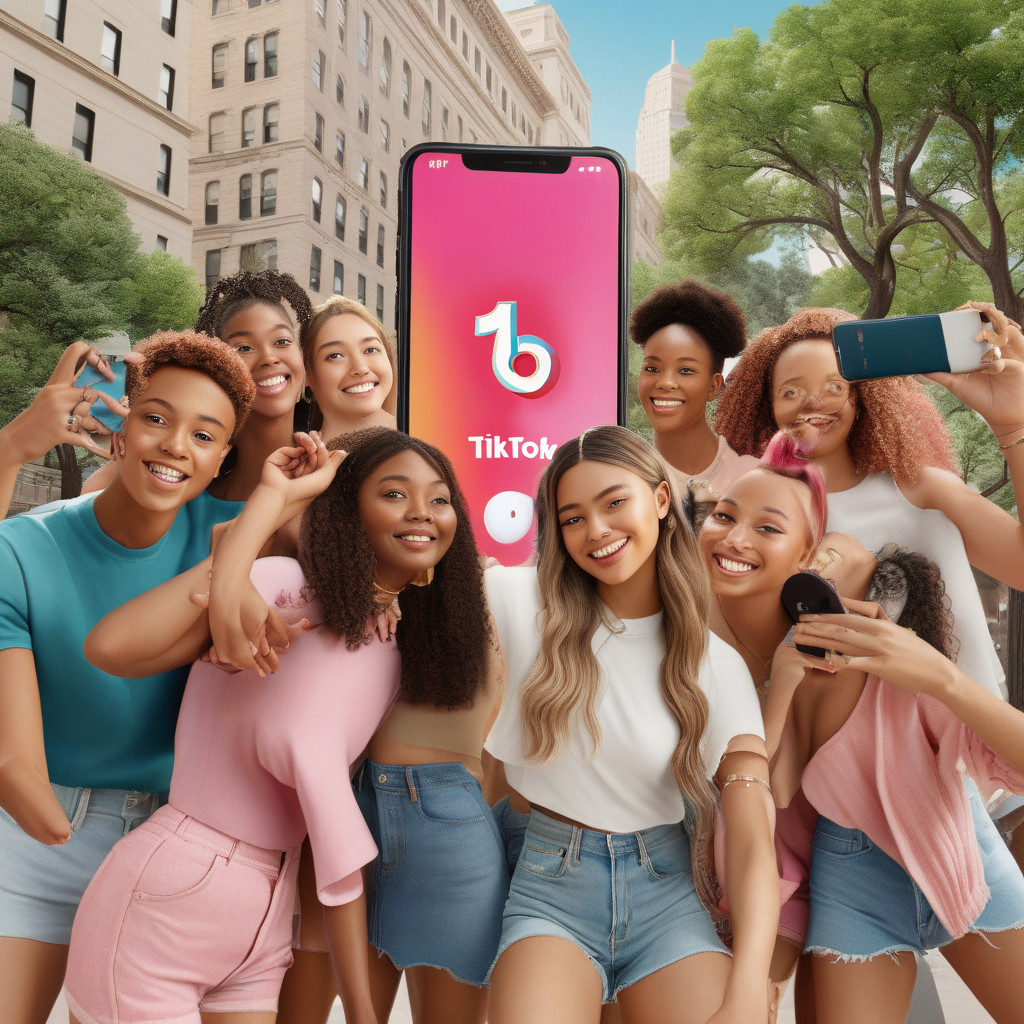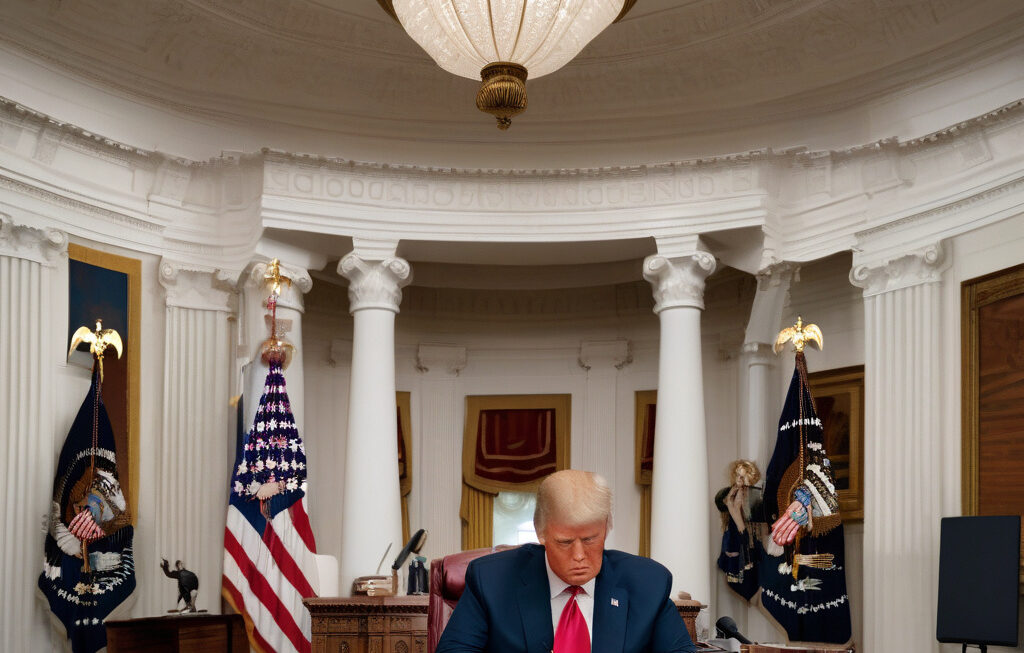TikTok Is Back in Business in the US
After a period of uncertainty and looming bans, TikTok users in the United States can breathe a sigh of relief as the popular platform has been restored. The reinstatement comes after ByteDance, the Chinese-owned company behind TikTok, allowed users back on its app on Sunday. This decision follows President-elect Donald Trump’s promise to grant an extension on the ban that would have effectively shut down the platform in the country.
The saga of TikTok in the US has been a rollercoaster ride, marked by legal battles, national security concerns, and political tensions. The Trump administration had previously sought to ban the app due to fears that the Chinese government could access user data through it, an allegation that TikTok has vehemently denied. As a result, TikTok faced the possibility of being removed from app stores and barred from operating in the US.
However, the latest development indicates a potential shift in the situation. With the incoming administration signaling a willingness to reevaluate the ban, TikTok is now making a comeback. This move not only brings relief to the millions of American users who enjoy creating and consuming content on the platform but also underscores the complex interplay between technology, national security, and international relations.
TikTok’s restoration in the US carries significant implications for the company, its users, and the broader social media landscape. For ByteDance, the ability to continue operating in one of its largest markets is a crucial win, ensuring its presence in the competitive digital space. Moreover, the reinstatement provides an opportunity for TikTok to demonstrate its commitment to data privacy and security, addressing concerns raised by policymakers and users alike.
From a user perspective, the return of TikTok means a resumption of access to a beloved platform for entertainment, creativity, and social connection. TikTok has become a cultural phenomenon, with its short-form videos shaping trends, launching careers, and fostering communities. The platform’s absence would have left a noticeable void in the lives of its users, highlighting its influence and significance in today’s digital age.
Furthermore, TikTok’s comeback speaks to the evolving dynamics of technology regulation and governance. The platform’s experience in the US reflects a broader trend of governments grappling with the implications of foreign-owned tech companies operating within their borders. As countries seek to balance innovation, security, and economic interests, navigating these challenges will be paramount for both policymakers and industry players.
In conclusion, TikTok’s restoration in the US marks a pivotal moment in the platform’s journey and the ongoing debate surrounding technology and national security. As users rejoice at the return of their favorite app, the implications of this development reverberate far beyond social media. The story of TikTok serves as a microcosm of the complexities inherent in the digital age, where innovation and regulation intersect in a constantly evolving landscape.
TikTok, ByteDance, US, Ban, SocialMedia












